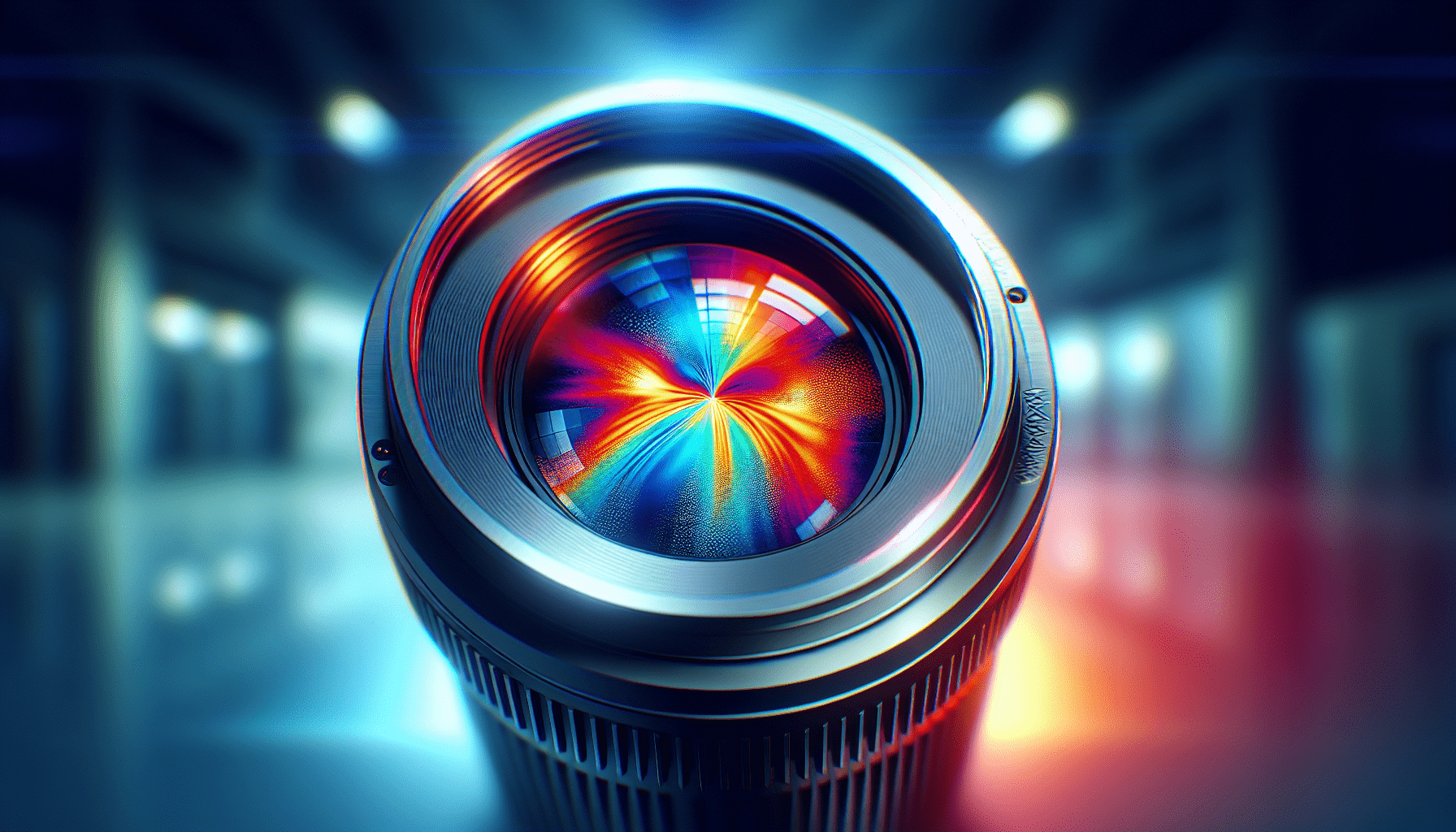Have you ever wondered how thermal imaging works or how it sees what our eyes cannot? Thermal imaging might sound like something out of a sci-fi movie, but it’s a fascinating and practical technology used in various fields today. Whether you’re familiar with the term or it’s completely new to you, these next few paragraphs will shine a light on its intricacies and applications.
Understanding Thermal Imaging
At its core, thermal imaging is a technology that allows us to visualize heat. This is a process often called thermal detection or infrared thermography. As living beings, we emit heat, and different objects have varying temperatures too. Thermal imaging captures this heat and presents it in a visual format, even in complete darkness.
By using a thermal imaging device, you’re looking at what’s called a thermogram. This is essentially a video or static image that shows you variations in infrared radiation and thereby different temperatures of objects or people within a certain range. The result is a picture where warmer areas might show up in bright colors like red or orange, whereas cooler areas might be represented by blue or purple.
How Does It Work?
Ever thought about what makes thermal imaging tick? A thermal camera works by using sensors called microbolometers. They don’t require light to function, as they detect the heat naturally emitted by bodies and objects. These sensors help create the thermogram based on temperature differences, translating these differences into a color map where various temperatures can be identified.
Key Components of Thermal Imaging Devices
| Component | Function |
|---|---|
| Microbolometers | Detect and measure infrared radiation (heat) naturally emitted by objects. |
| Lens | Focus infrared radiation onto the microbolometer array. |
| Display | Visualizes the heat image using colors to represent temperature differences, usually translating higher temperatures to warm colors like reds and yellows. |
By understanding these components, one gets a clear picture of how thermal imaging operates without the need for visible light.
Applications of Thermal Imaging
Medical Field
In medicine, thermal imaging can be a powerful, non-invasive diagnostic tool. It can detect slight variations in skin temperature, which can help identify potential underlying conditions or issues. For instance, it has been used to assess vascular diseases, nerve issues, and detect fever in patients from a distance.
Building Inspections
If you’re looking at energy efficiency or building integrity, thermal imaging is invaluable. It helps detect heat loss, missing insulation, electrical faults, and even moisture infiltration. This makes it a must-have tool for building inspectors, helping ensure the safety and efficiency of structures.
Wildlife Research and Monitoring
Often used by conservationists, thermal imaging helps in monitoring wildlife activities, especially nocturnal animals. It allows researchers to observe animals without disturbing them and can be vital in preventing poacher activities.
Security and Surveillance
In security, thermal imaging provides impressive capabilities in detecting threats even in low-light conditions. Whether it’s used in military operations or border security, the ability to ‘see’ without light is a massive advantage.
Firefighting
One of the most critical uses of thermal imaging is in firefighting. It helps firefighters navigate smoke-filled areas, locate individuals quickly, and identify hotspots within structures that might lead to further damage if left unchecked.
Advantages of Thermal Imaging
Why should one consider using thermal imaging? The benefits can be substantial and multi-faceted.
Non-Invasive and Safe
Thermal imaging is completely non-invasive, requiring no radiation or physical contact with subjects. It’s perfectly safe and is used extensively in scenarios where traditional visualization methods might not be feasible or safe.
Works in Complete Darkness
Thermal imaging’s ability to function without any light makes it unique compared to traditional cameras. Whether you’re using it for wildlife surveillance or night-time security, it offers a clear advantage over other methods that rely on visible light.
Real-Time Imaging
With today’s technology, thermal imaging provides real-time results, which is crucial in situations requiring urgent action. Be it tracking a suspect or identifying the location of a fire, the instant feedback can help make split-second decisions.
Challenges and Limitations
While there are many advantages, thermal imaging does come with certain limitations.
Limited Range
Most commercially available thermal cameras have a limited range. They might not be effective at very long distances, which can be a constraint in specific applications like large-area surveillance.
Cannot Penetrate Glass
Interestingly, infrared radiation cannot pass through glass. This means that thermal images cannot capture heat signatures through windows, which could be a limitation in building inspections or certain security applications.
High Cost
Though prices have come down over the years, high-quality thermal imaging equipment can still be costly. This can be a barrier for smaller businesses or individuals who might benefit from the technology.
The Future of Thermal Imaging
The technology is continuously evolving, with advancements making thermal imaging more accessible and versatile. Newer cameras are becoming more compact, offering better clarity, and even integrating with smartphones. In the future, you might see it being used in more everyday applications, from autonomous vehicles to home energy efficiency monitoring.
Artificial intelligence and machine learning are also playing roles in enhancing thermal imaging technology. By automating the analysis of thermograms, AI can provide even more insightful data, opening up further possibilities in precision-driven fields.
Conclusion
As you can see, thermal imaging is a robust technology with widespread applications in various fields. Whether it’s in medicine, security, or research, its ability to visualize heat data provides unique insights that are otherwise invisible to the human eye. While it does have its limitations, ongoing advancements promise to make it an even more integral part of the technological landscape in the coming years.
Next time you stumble across a thermal image or hear about it in the news, hopefully, you’ll have a deeper understanding of its workings and significance. It’s not just advanced technology; it’s a whole new way of seeing the world.

